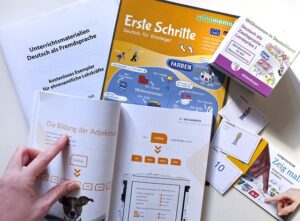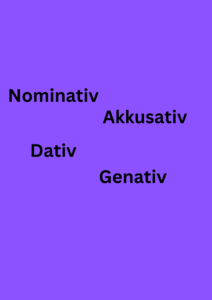
Artikel – Bestimmt und Unbestimmt
An article is basically an adjective. Like adjectives, articles modify nouns. In English, there are two articles: the and a/an. The is used to refer
To help spell a word, you can usually use the NATO Phonetic Alphabet.
In Germany unfortunately they use a different set of words. A is Anton and not Alpha, B is Berta and not Bravo.
It is sometimes difficult to be sure whether someone said M or N, and in German you can sometimes hear E and I wrong, especially if it spoken by an English speaking person.
Below is a table with the German terms. To spell Melktert to a German person, you will say: M wie Martha, E wie Emil, L wie Ludwig, K wie Kaufmann, T wie Theodor, E wie Emil, R wie Richard and T wie Theodor
| Letter | Word to use | Letter | Word to use |
|---|---|---|---|
| A | Anton | N | Nordpol |
| B | Berta | O | Otto |
| C | Cäsar | P | Paula |
| D | Dora | Q | Quelle |
| E | Emil | R | Richard |
| F | Friedrich | S | Samuel |
| G | Gustav | T | Theodor |
| H | Heinrich | U | Ulrich |
| I | Ida | V | Viktor |
| J | Julius | W | Wilhelm |
| K | Kaufmann | X | Xanthippe |
| L | Ludwig | Y | Ypsilon |
| M | Martha | Z | Zacharias |
You can download a .pdf via this link. Print it out for easy access

An article is basically an adjective. Like adjectives, articles modify nouns. In English, there are two articles: the and a/an. The is used to refer

Präpositionen

Here are some links to German Grammar information.It is a compilation of information I gathered over time. I hope you find it useful. Please notify
You must be logged in to post a comment.